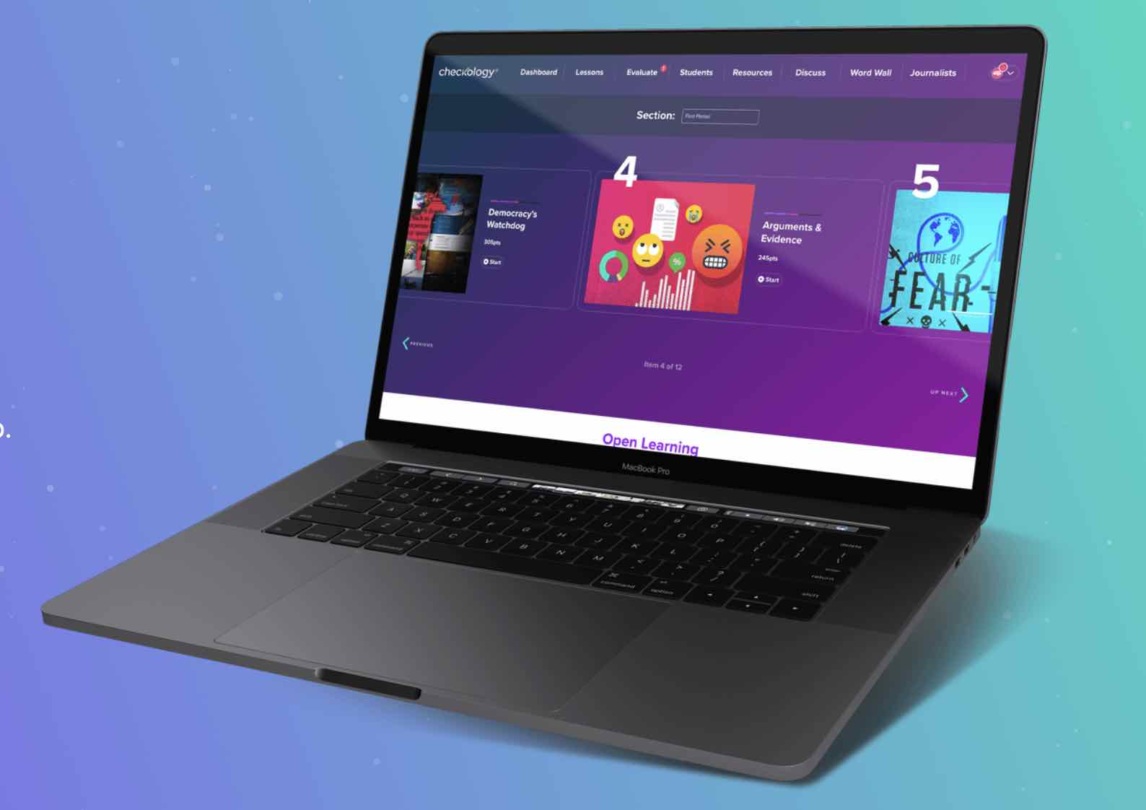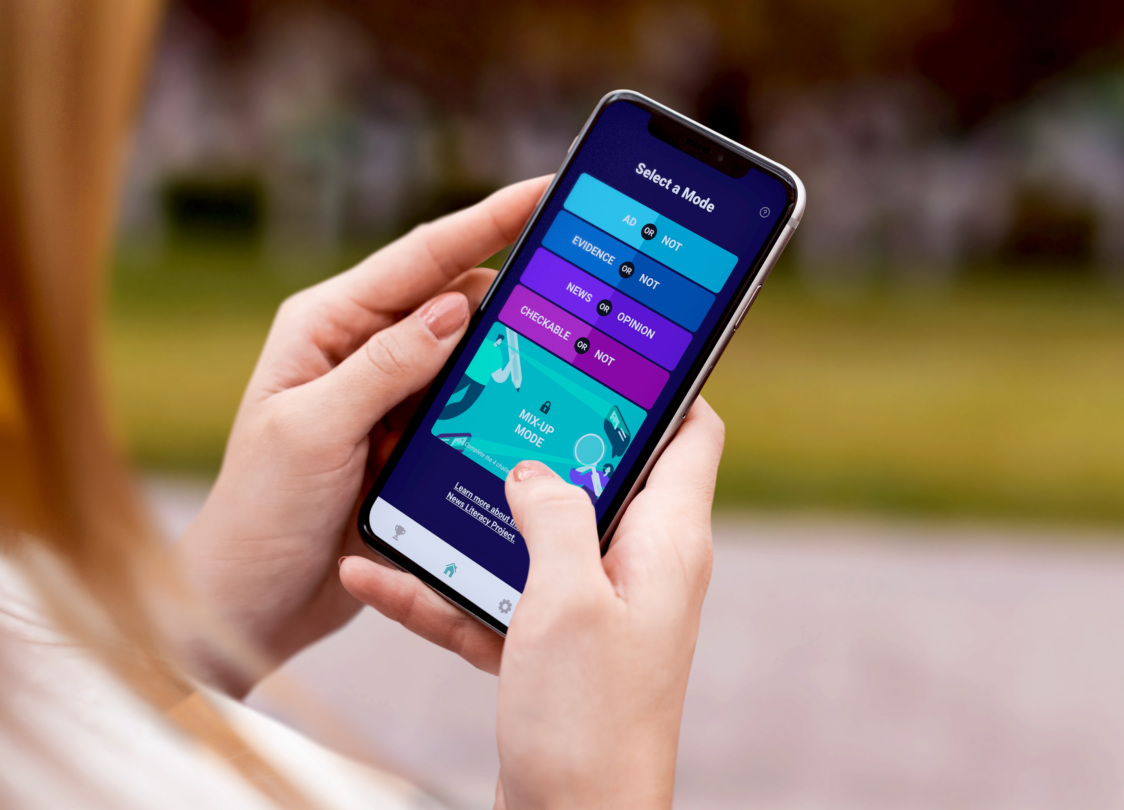Fair or unfair?
Bias is one of the most controversial and important subjects in news literacy. People frequently perceive bias in news coverage, and accusations of bias are common in a wide variety of discussions and contexts. NLP’s lesson “Understanding Bias” offers an introduction to this often difficult topic.
Our own perspectives, values and beliefs may lead us to assume that bias exists, especially if we have a strong opinion about the topic being reported on. This can result in confirmation bias (the tendency to quickly embrace information that affirms what we already think and feel) and to unfairly dismiss or criticize information that complicates or contradicts those beliefs and perspectives. Because biases are baked into how we see and understand the world, we often fail to consider them when seeking or evaluating information. We may also perceive bias only in reporting that disagrees with our beliefs or opinions.
Many conversations about bias lack specificity and nuance. Such discussions can become emotional, and many of us lack the conceptual tool set to evaluate bias. For example, not only do people frequently forget that their own biases influence the way they evaluate news coverage, they also often believe that most bias in news is overt (rather than perceived and debatable) and intentional (rather than incidental).
Asking the following questions can help you fully assess the degree of impartiality or bias in a news report: Could it have been fairer? More impartial? What other images or sources were available when it was published or broadcast? Was it one report in a series about a particular subject, or does it stand alone? How does it compare with other reporting from the same outlet?


